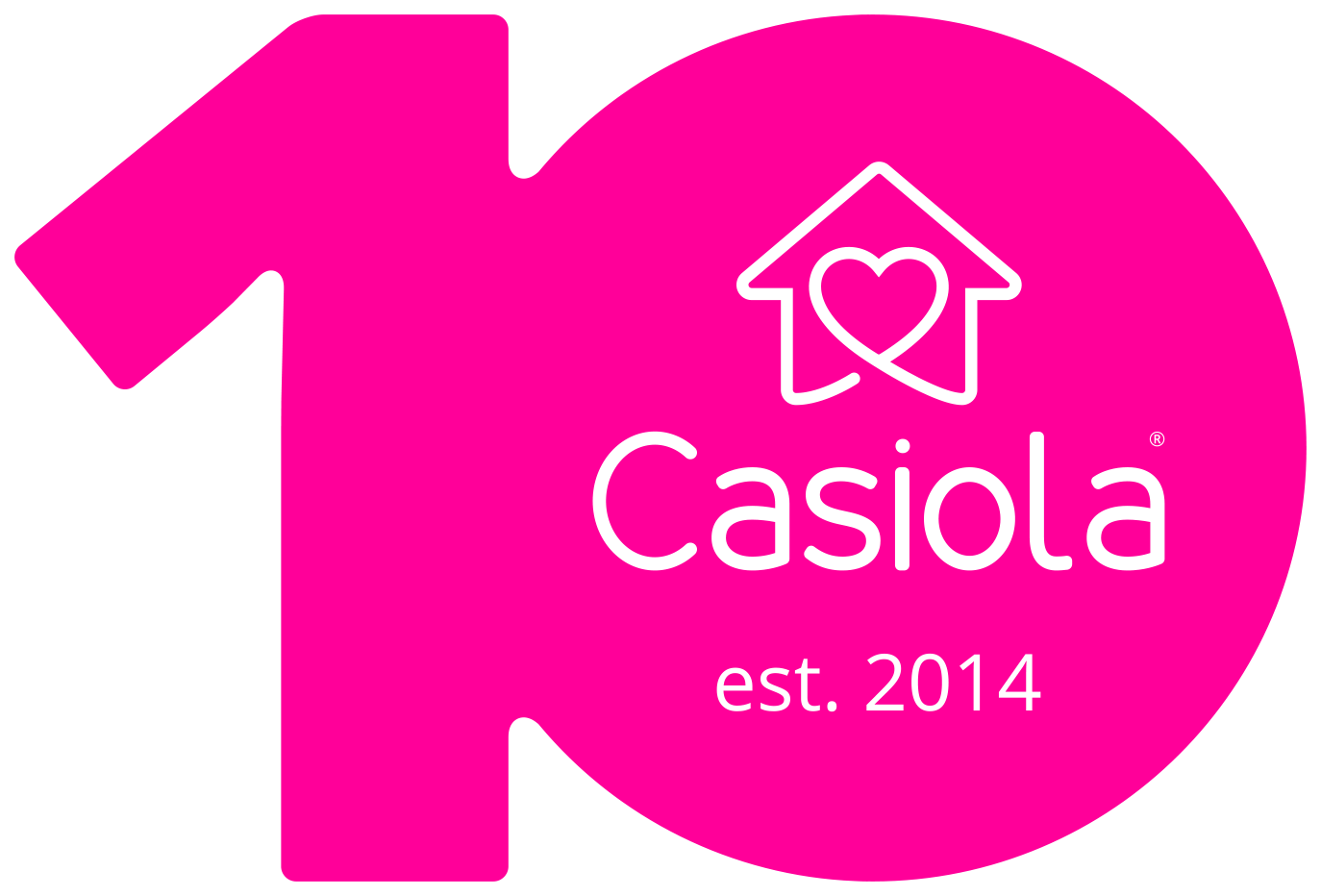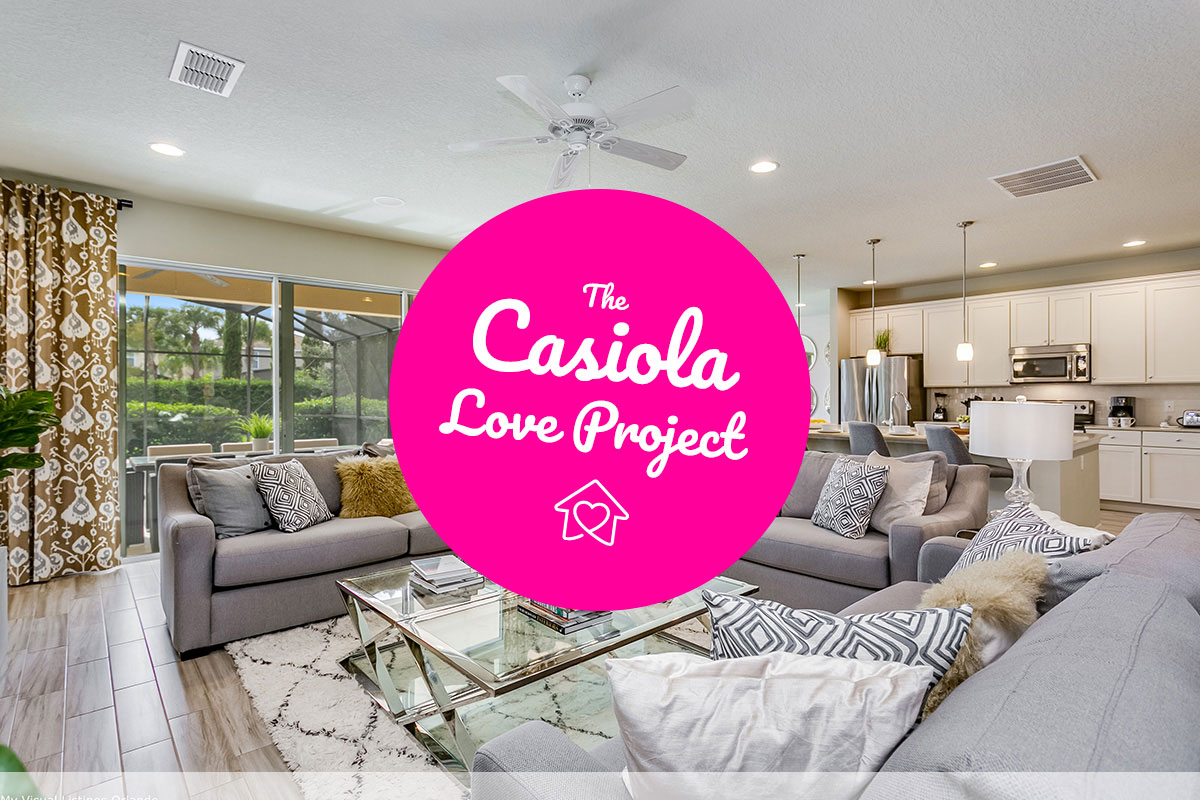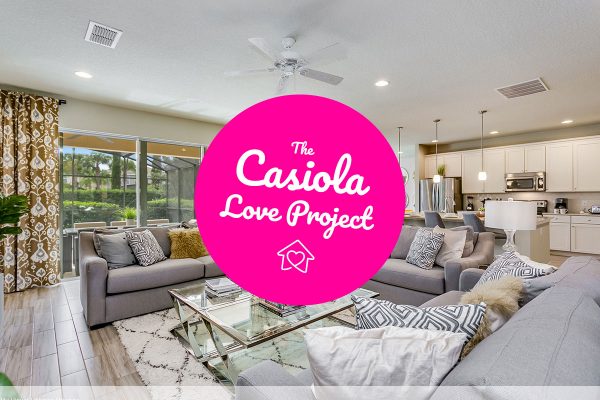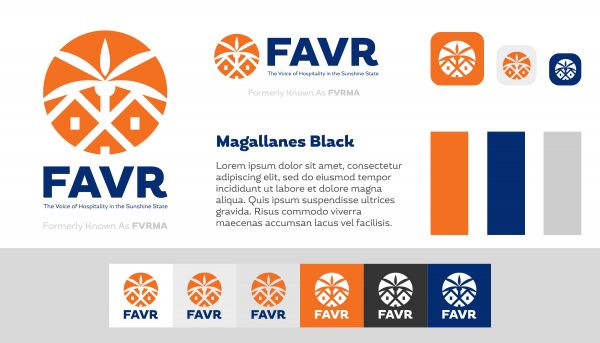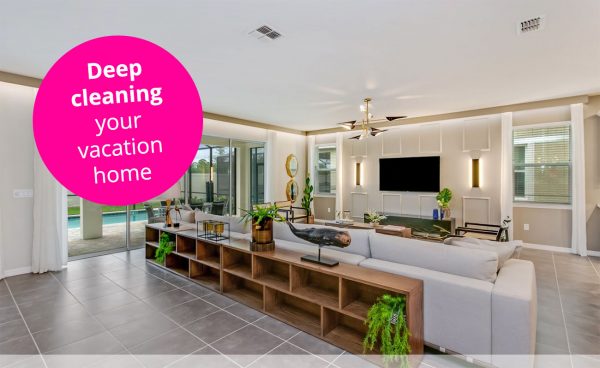What is accidental damage and how is this different to Intentional damage and wear and tear?
It’s a conundrum faced by many Owners, but why is it so confusing? Well, it is because there’s a very fine line been the different types of damage. Let us break it down for you…
Accidental Damage: An unexpected or sudden loss. This is generally something that is an accident and not planned or intentional. Examples include spills on carpet and damage to furniture.
Intentional Damage: Damage which was motivated by spite, malice or vindictiveness with the intention of causing damage. Examples include smoking inside the home, holes kicked/punched in walls and doors, graffiti and doors knocked off their hinges.
Wear and tear can be defined further as deterioration that can be reasonably expected to occur. It is normal, for example, for there to be some scuffs in the paint after a Guest leaves the house. The scuffs in the paint would be considered normal wear and tear. The hole in the wall would be considered damage for example.
In a nutshell a basic way to determine if something is wear and tear or damage is to decide if it is something likely to happen gradually over time, based on the normal daily use of a residential home (wear and tear), or something that has been damaged due to carelessness or abuse (Guest Damage).
Who is responsible?
Fair wear and tear is a cost of doing business that Owners should expect with Vacation Homes. Repairing or replacing worn fittings and fixtures is the responsibility of the Owner.
Guests are not responsible for paying for fair wear and tear to a property. It’s only when the Guest has been irresponsible, and accidentally or intentionally caused damage to a home, that they are liable to pay for repairs (either directly or have the expense deducted from their accidental damage bond)
How to be reimbursed in case of accidental or intentional damage:
Our Reservation team will contact the Guest. If the guest agrees to pay the full amount requested and sends the payment, we will process the payment and refund the Owner in the next statement. But sometimes the Guest declines to pay the full amount requested. At that time it would be up to the owner to decide if they want to press charges, use their insurance or cover the damages.
For the Airbnb damage claim process we have to report an incident and claim some or all of your damage deposit, we can do so up to 14 days after the guest’s check-out or before the next guest checks in – whichever comes first.
Getting reimbursed or involving Airbnb is similar to that done directly by Casiola or other channels with one difference: If the guest agrees to pay the full amount requested and sends the payment, Airbnb will process the payment and send it to us. If the guest is unwilling to pay the full amount requested, we may be eligible for reimbursement under Airbnb’s Host Guarantee where we have to submit the Request. Unfortunately the answer can take a long time and we are not always successful in the outcome of each claim.
Whenever a claim occurs, our Operations team will proceed with the repair or replacement and charge to the Owner first, then credited back if we are successful in getting a payout.
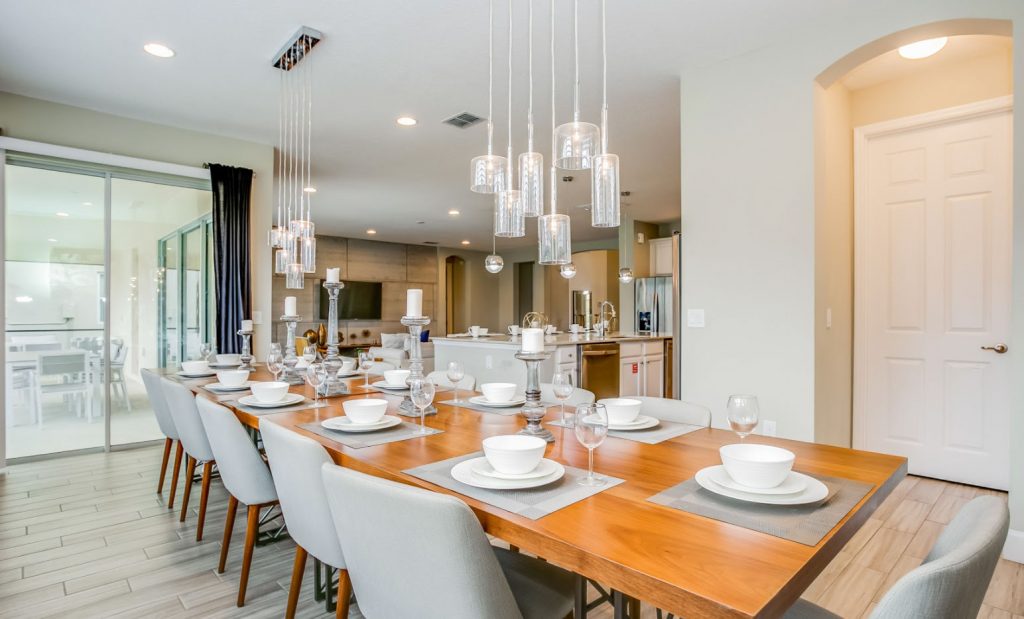
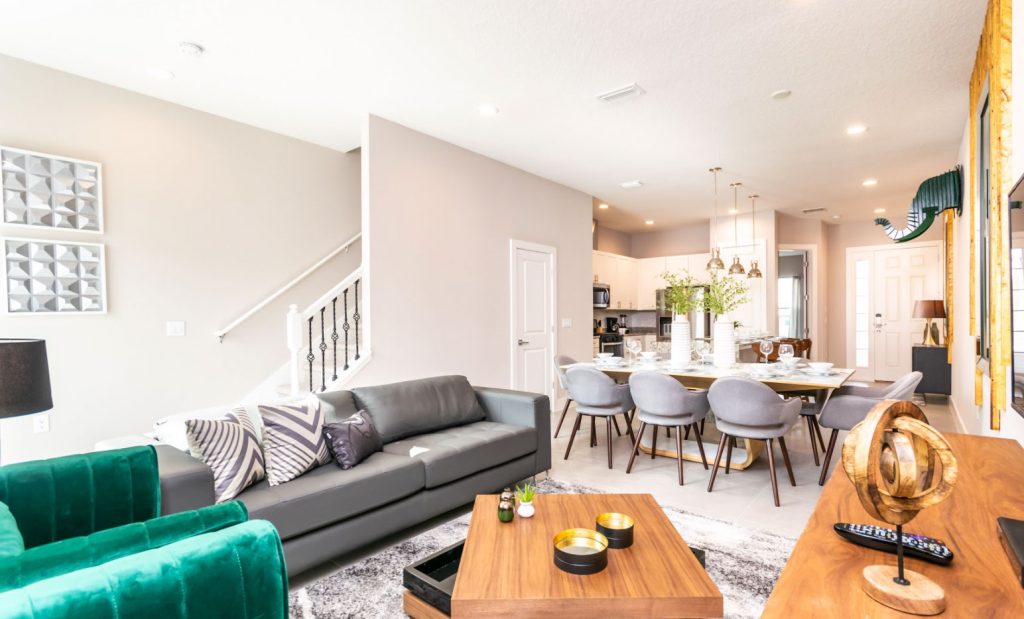
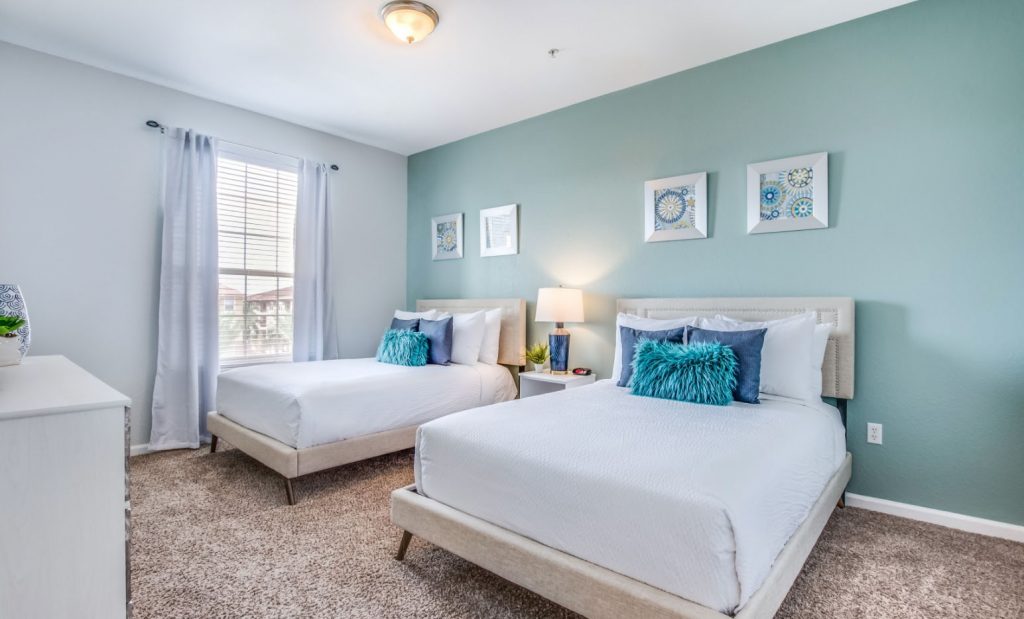
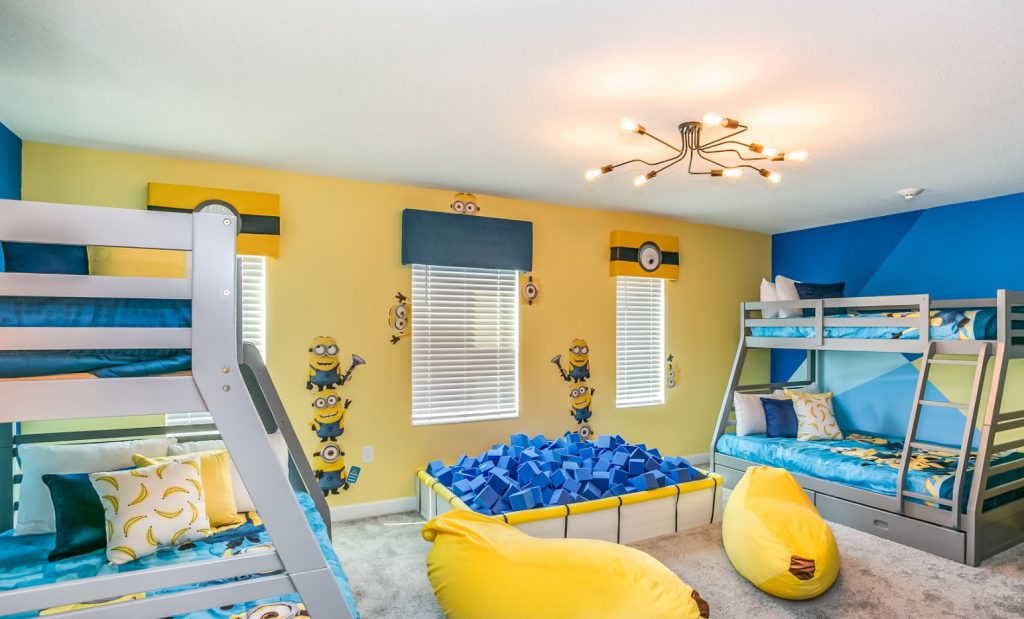
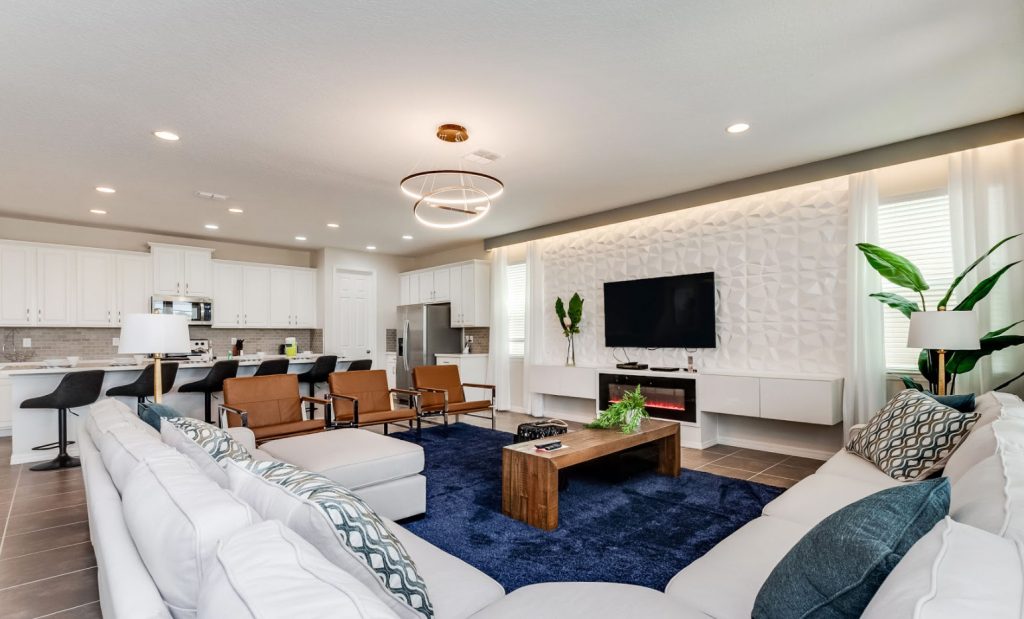
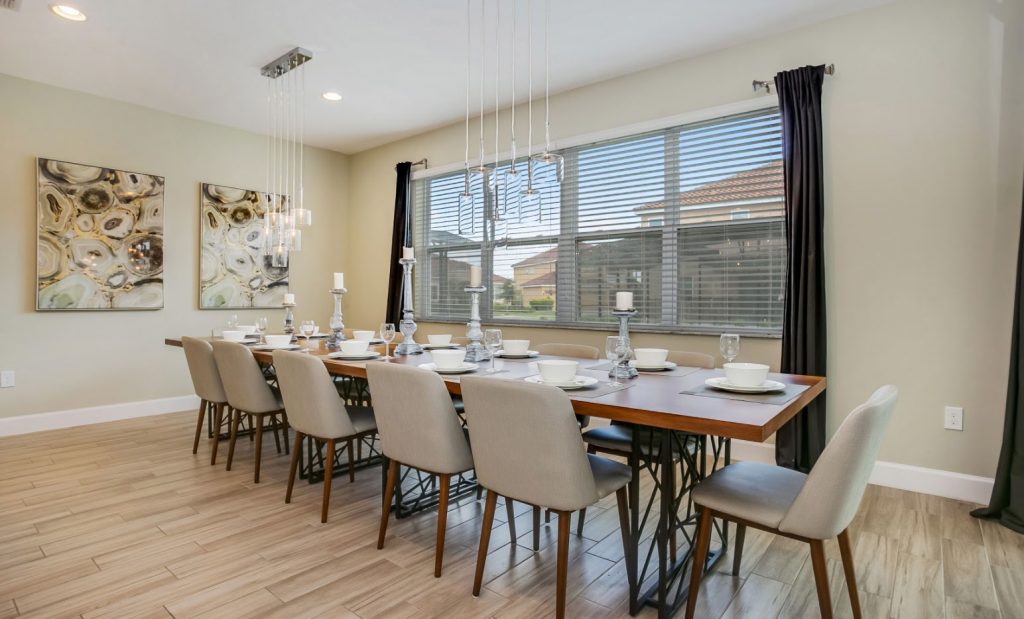
Feel free to contact your Owners Relation Manager if you have any questions about this project and they will be happy to further assist you.
